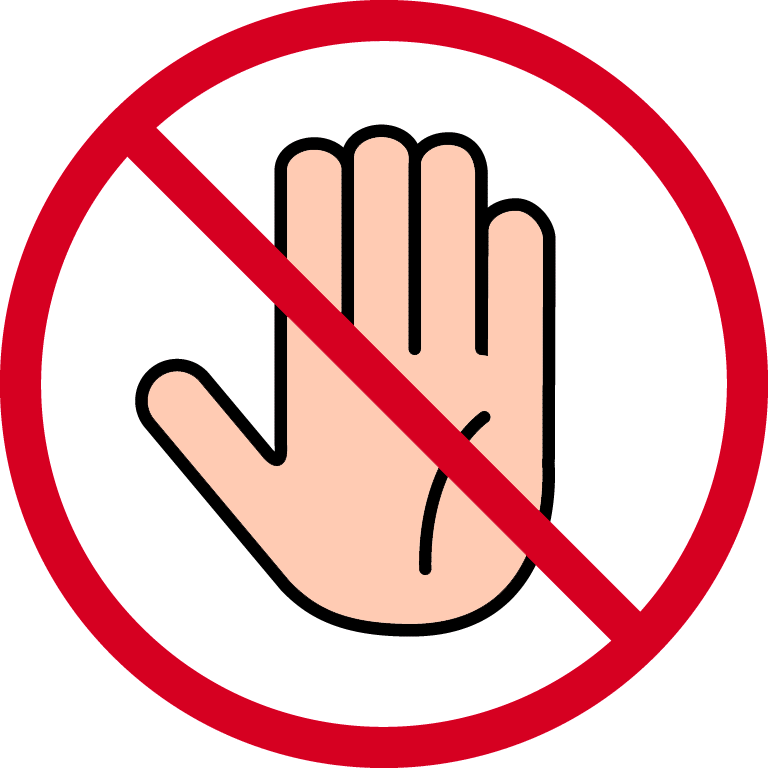*Diamond Member*

Posts: 53563
Liked By: 41508
Joined: 26 May 08
Followers:
47



Tipsters
Championship:
Player
has
not started
|
quote originally posted by A7620: Why new Toto Match have sold out numbers..
First of all, understand this;
For 4D (where there's fixed payouts & sold out numbers), Singapore Pools role is THE BANKER, where they directly win/lose with the punters' bets.
For the normal Toto that have group prizes, Spools DON'T take the role of Banker, but instead take a cut of about 46% from the TOTAL bet amount from the pool as their reserves/ avenue (so called), while about 54% of the Total bet pool will be channel to the Group prizes (GP 1, GP2.. etc).
Eg : Total bet amount for the day 2M
Spools take 46% (920k)
Toto prizes 54 % (1.08M)
Out of the 54 %, roughly
38% - GP 1
8% - GP2
5.5% - GP 3
3% - Gp4
So you see the difference , the new Toto Match have FIXED payouts 1/50, 1/500, 1/7000, 1/30.. that is Spools doesn't take a cut from the betting pool, but instead win-lose DIRECTLY with the punters' bets..
As in 4D, they set a limit to the amount they are prepared to lose if a particular bet hatch/strike, thus when the amount quota is reached, the bet or numbers are blocked off, or sold out..
For the normal Toto there's no such restrictions as they don't win-lose with the punters, but instead take a hefty cut from the total bet pool as their "commission".
The greater the TOTAL bet pool, the more the commission they take for the normal Toto.
So just as in 4d, when the new Toto Match have numbers sold out.. it doesn't mean these numbers have a greater chance of come out, but bcoz of Spools limitation on their quota for losses on that particular numbers (or bets). |
Maybe they should have odds rate like Football, then they can serve both the role of banker/broker   
For example "1" i a very hot number, then odds drop to 1.50, so you bet $1 win 50 cents. If "2" is a cold number, then odds is 5.00, bet $1 win $4   

"Margin of Safety" as the Central Concept of Betting
A team's past ability to create quality chances is the expected number of goals that they should have produced. The expected number of goals in excess of the actual number of goals constitutes the "margin of safety". The margin is counted on to cushion the bettor against discomfiture in the event of a performance decline in the upcoming fixture. The soccer bettor does not expect the upcoming fixture to work out the same as in the past. If he were sure of that, the safety margin demanded might be small. The function of a safety margin is, in essence, that of rendering unnecessary an accurate estimate of the team's winning probability in the upcoming fixture. If the safety margin is sufficiently large, then it is enough to assume that the team's upcoming performance will not fall far below their expected goals in order for the bettor to feel sufficiently cushioned against bad luck. The safety margin is always dependent on the odds that the bettor accepts from the bookie. It will be large in certain odds, small at some lower odds, and negative when the odds is too low. However, even with a safety margin in the bettor's favour, he may lose his bet. For the margin guarantees only that he has a better chance of winning - not that loss is impossible.
Theory of Diversification
There is a close logical connection between the concept of safety margin and the principle of diversification. One is correlative with the other. Even with a margin in the bettor’s favor, an individual bet may work out badly. But as the number of such commitments is increased the more certain does it become that the aggregate of the profits will exceed the aggregate of the losses. This point may be made more colorful by a reference to the arithmetic of roulette. If a man bets $1 on a single number, he is paid $35 profit when he wins—but the chances are 37 to 1 that he will lose. He has a “negative margin of safety.” In his case diversification is foolish. The more numbers he bets on, the smaller his chance of ending with a profit. If he regularly bets $1 on every number (including 0 and 00), he is certain to lose $2 on each turn of the wheel. But suppose the winner received $39 profit instead of $35. Then he would have a small but important margin of safety. Therefore, the more numbers he wagers on, the better his chance of gain. And he could be certain of winning $2 on every spin by simply betting $1 each on all the numbers. (Incidentally, the two examples given actually describe the respective positions of the player and proprietor of a wheel with a 0 and 00.)
|












